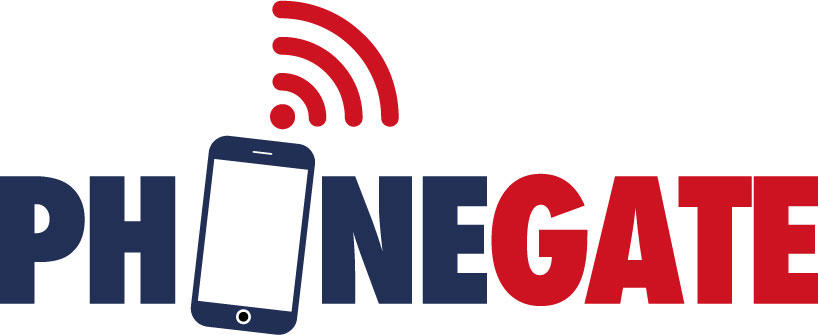In March 2022, after a two-year wait, the Innovation, Science and Economic Development Agency of Canada[ISED] finally sent our Canadian correspondent, Sharon Noble, the list of test results for 90 smartphones whose SAR (Specific Absorption Rate) had been monitored between 2015 and 2021.
SAR is an indicator that is supposed to protect the health of users. However, the Canadian Agency ISED did not specify the distance of SAR measurements between the body and the phone, and we now understand why: according to new data (claimed to theISED and received with this new mail June 8, 2022), 9 phones out of 10 would largely exceed the regulatory thresholds when using the mobile in contact with the body.
In fact, in the trunk-phone SAR test, the contact-skin distance was 10 mm for more than 80% of the phones tested, and 15 mm for 10% (see lists below). This distance is completely unrealistic with regard to our uses, for example when a user puts his/her phone in the pocket.
CANADA smartphones SAR tests at 15mm from the skin CAN smartphones SAR tests at 10mm from the skin
Canada lags behind in protecting user health
Following an emergency measure presented in 2015 by France to the European Commission, Europe requires cell phone manufacturers to measure trunk SAR at 5 mm from the skin.
This is the result of SAR tests carried out between 2012 and 2015 by the French telecommunications regulator (theANFR, National Frequency Agency), showing that 9 out of 10 cell phones already exceeded the European regulatory thresholds when the trunk SAR was measured, either in contact with the skin (at 0 mm) or almost in contact (5 mm).
However, it was not until 2018 and the actions of Dr. Marc Arazi before the French administrative courts – as well as his revelations of the Phonegate scandal – that several hundred of these SAR test reports conducted by the ANFR were finally made public. And it took another four years for the Canadian tests to be revealed (but still not public in Canada).
The measurement of the SAR trunk in contact with the skin is recommended
Such opacity is all the less understandable that in 2019 the ANSES – National Agency for Food, Environmental and Occupational Health Safety – wrote in a report to the French public authorities:
“The Agency recommends that the prescriptive provisions for the standoff distance of radio devices that may be placed close to the body be evolved so that SAR compliance verification measurements are performed at the contact (0mm). “
As a result, in September 2020, France lodged a formal objection with the European Commission:
” Therefore, the French authorities consider it necessary to revise the harmonized standard EN 50566: 2017 on SAR measurements of hand-held devices or devices worn in close proximity to the body so that a maximum distance of 0 mm from the body is taken into consideration. This evolution would make it possible to take into account, on the one hand, the reasonably foreseeable use of the equipment, in accordance with Directive 2014/53/EU3, known as RED, in particular the first paragraph of Article 17, and on the other hand, the recommendations of the ANSES in its opinion of July 10 , 2019, mentioned above. “
The E.C. has still not responded to France’s request.
When manufacturers and authorities need to review their standards…
In IEEE magazine, Om Gandhi, professor emeritus, University of Utah, published an analysis in 2019 based onANFR test results that in summary shows an increase in SAR level of up to :
“a rate of 10-15% for each millimeter closer to the radiating elements of the antenna [du smartphone].
For this expert closely associated with the definition of international safety standards and SAR dosimetry:
“Such testing methods produce totally inappropriate results that may explain the very low SARs reported by ISED.”
For her part,
Sharon Noble
is calling for an investigation into current Canadian regulations that do not protect consumers at all:
“The Canadian public is being misled about the safety of cell phones, both by Health Canada validating the “safety” standard of Safety Code 6 and by the ISED which applies this standard…” The directive Safety Code 6 is one of the least stringent in the world and does not protect at all from the type of radiation emitted by cell phones. ISED is negligent in these tests because not only does it not require that they be conducted by replicating the way phones are used, but it also failed to test phones that others – such as Phonegate Alert – have detected to be in violation of Safety Code 6.”
For his part, Dr. Marc Arazi, whose English translation of the book Phonegate has just been published by Massot Editions :
” This “oversight” by the ISED in releasing the distance data for the trunk SAR measurement speaks volumes about the Agency’s lack of transparency and the unreliability of the Canadian regulations that are supposed to protect the health of cell phone users. We hope that these new revelations will encourage manufacturers and authorities to review the standards that govern their marketing in North America. “
List of non-compliant cell phones in Canada
CAN smartphones not compliant
On the same subject:






